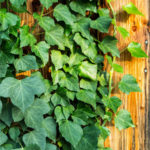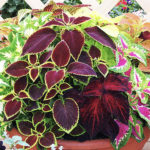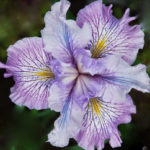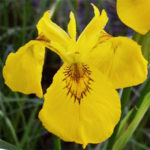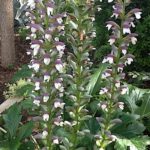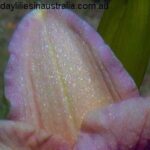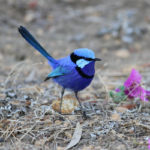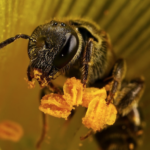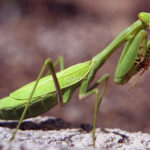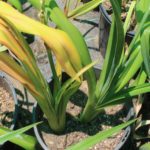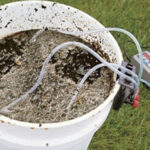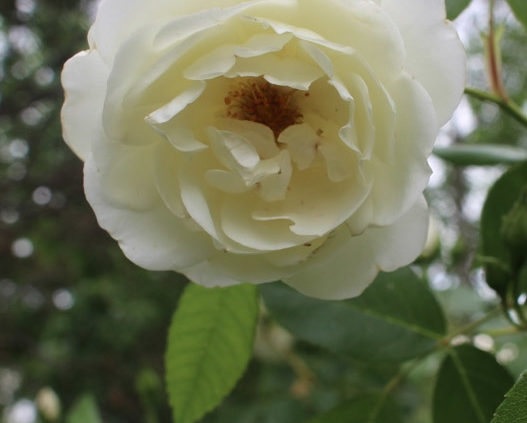
Rose Planting Plant Care
Introduction to all Types of Roses – Rose Planting Plant Care
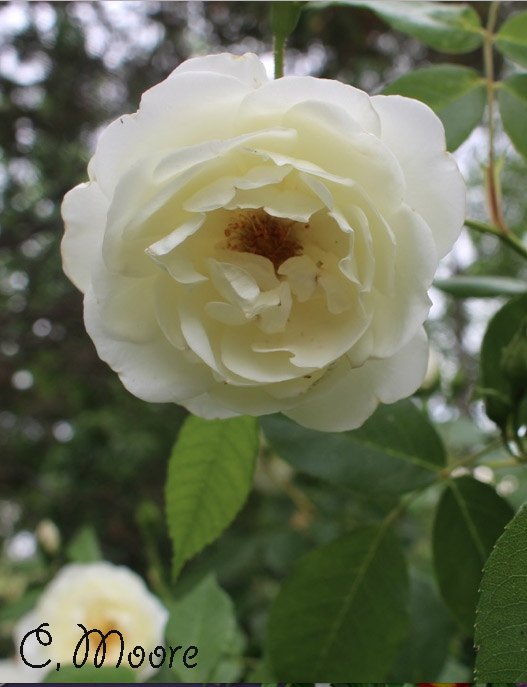 The rose belongs to the genus Rosa, the family Rosaceae; roses have been in existence since 4 million years and from that time onwards, it is honoured as the most popular flower in the world and has been a symbol of love, beauty and even war and politics in the early days. Comes in wide forms like shrubs, bush, miniature and climbing varieties, they are grown because of their vibrant colours, attractive sizes, refreshing fragrance and also because they are easy to grow. They bloom mainly during spring and autumn season; however, some varieties bloom in early summers as well.
The rose belongs to the genus Rosa, the family Rosaceae; roses have been in existence since 4 million years and from that time onwards, it is honoured as the most popular flower in the world and has been a symbol of love, beauty and even war and politics in the early days. Comes in wide forms like shrubs, bush, miniature and climbing varieties, they are grown because of their vibrant colours, attractive sizes, refreshing fragrance and also because they are easy to grow. They bloom mainly during spring and autumn season; however, some varieties bloom in early summers as well.
Classification of Modern and Antique Roses
Roses are grouped into three main categories depending on their time of introduction:
Old Roses: Known for their consistent fragrance and luscious forms, old garden roses came into existence before 1867. Hundreds of such varieties are available which vary in strength and blooming time such as Tea Roses, Moss Roses, China Roses Damask and Bourbon Roses, etc.
Modern Hybrid Roses: They are produced as a result of cross breeding between the hybrid tea and the polyanthus (a primrose variety). Modern roses are sturdy, prolonged blooming, very strong and disease resistant varieties that are grown for their vivid and zesty colours and for distinct shapes and sizes. Although they are highly admired by gardeners and florist, they require proper attention and they do not adapt well to cold environments. Popular hybrid includes: Hybrid Tea, Yellow Permet, Grandiflorals, Alba, Centifolia, Bourbon roses, etc.
Species or Wild Roses: These are those that have been growing in the wild for many years. Today they have been hybridised to adapt to common gardens and they usually bloom during the spring season. Rosa rugosa variety is popular for its sale because of its easy care, great strength and better resistance against diseases.
Rose Types and Names
Hybrid Tea Roses: These are considered to be very popular and are easily recognised by one, single high centred blooms on long stems. The plants grows tall that is around 5-7 feet, for example, Peace Hybrid Tea Rose.
Floribundas: These are known for their large clusters of medium sized blooms, the blooms cover the entire rose bush when this rose is in full flower. This particular specie is easy to maintain and grow. Example – Iceberg Floribunda
Grandi floras: They are very similar to hybrid teas, but they are known to grow in clusters of large hybrid tea type flowers on very strong straight stems. Example – Queen Elizabeth Grandi floras
Climbing Roses: The rose bushes of this type have long arching canes, which are 8-25 feet tall. The long canes should always be placed in a horizontal position as this helps in the flower production. Example – Altissimo Climbing Rose
Modern Shrub Roses: These are always found in different shapes and sizes. This kind is considered to be quite versatile and is perfect for landscape garden and also they are disease resistant. This species is not good for cuttings. Example – EBB Tide Modern Shrub Rose.
Miniature Roses: These are dense and low growing types and are generally covered with tiny rose flowers. They are perfect for growing in containers and are just ideal for small gardens. The most important speciality is that they have a tendency of growing on their own roots.
Groundcover Roses: These types of roses are known to be vigorous, low spreading, disease resistant roses that can very conveniently spread up to 8 feet. They are mostly used for bedding, slopes and mass plantings. Example – Carpet Ground Cover Roses.
Weeping Standards: Budded onto tall stems 1.5m to 2m high, these canes cascade downwards producing flowers along the canes. Best grown a focal point or specimen plant in the garden.
Rambler Roses: These types of roses grow really tall approximately up to a height of 30 feet and they look absolutely fantastic and gorgeous. These can very easily cover a tree or even a complete house for that matter. Rambler Roses bloom once a year. Example – Lady Banks Rambler Rose.
Heirloom Roses: These roses are known as antique and old garden roses. Heirloom roses fall into many categories like for example Albas, Damasks, Gallicas, Centifolias and Moss roses. These roses are greatly appreciated and admired for their wonderful fragrance and large beautiful blooms. This rose is a must for every garden. They add extra beauty to the garden.
Rose Planting Plant Care
How to Plant Roses
There are many types of garden roses that you can buy from a local rose nursery or online. You can obtain the dormant state called bare root roses, which looks like a bundle of sticks or container grown roses, which produce the best results when planted in May or early June at the most.
- Before planting, carry out a soil test to determine the pH, which should be in a near neutral range of 6.5
- Keep your bare root rose in some water with a small amount of seasol an hour or the night before you install them in the ground.
- When planting, dig a large hole about 15 to 18 inches wide, insert the rose plant so that the graft union is 3cm above the soil line.
- Back fill with plenty of organic matter like compost or aged manure mixed in the original soil.
- Place your roses where they will receive maximum sunlight for 5 to 6 hours otherwise they slowly become spindly and weak.
Rose Care
Roses prefer plenty of water regularly, but they do not enjoy stagnant water and they may die if the soil is too wet in winters, therefore the ideal conditions for them is the soil that is rich in organic matter but loose and offers proper drainage. Water the entire root zone twice a week during dry summer weather, but avoid constant shallow watering, which will not reach deeper roots and may cause fungus.
Feed your roses regularly before and after the blooming period. Feed roses a balanced granular rose fertiliser (5-10-5 or 5-10-10) of about ¾ to 1 cup of rose fertiliser on each established rose bush, once a month between October and January. Moreover, in November or December add a tablespoon of Epsom salt (magnesium sulfate) along with your rose fertiliser. Epsom salts favour new growths from the bottom of the rose bush.
Deadhead your plant faithfully during summers to encourage new flowers by removing the old blooms and also clean the base of the bush to remove any debris that may cause diseases and infections. Prune your roses in June or July as these are most appropriate months for pruning roses in Australia. Use thick gloves to protect you from thorns, work with Loppers on growth that is more than half an inch thick. Remove any old and diseased branches and wood to prevent infections and to encourage growth.
Pests and Diseases
Wild roses are susceptible to a number of pests and diseases; insects, arachnid and fungal diseases damage, even cultivated roses. With proper and consistent care by removing old and dead canes and leaves; you can limit the possibility of pests and diseases such as; powdery mildews black spot, spider mites, stem borers and aphids.
Uses in Everyday Life
Roses are known as ornamental plants, grown for their lush flowers in gardens and indoors in a vase. Their fascinating fragrance is used commercially for perfumes and teas. They are also adopted for commercial cut flower crops. Appreciated for their healing properties, many roses are utilised in herbal and folk medicine. Chinese traditional medicine has used Rosa Chinensis for a long time. This and many other rose varieties are acknowledged for eliminating stomach problems and are currently being researched for limiting cancer cells.
I’d rather have roses on my table than diamonds on my neck. – Emma Goldman


